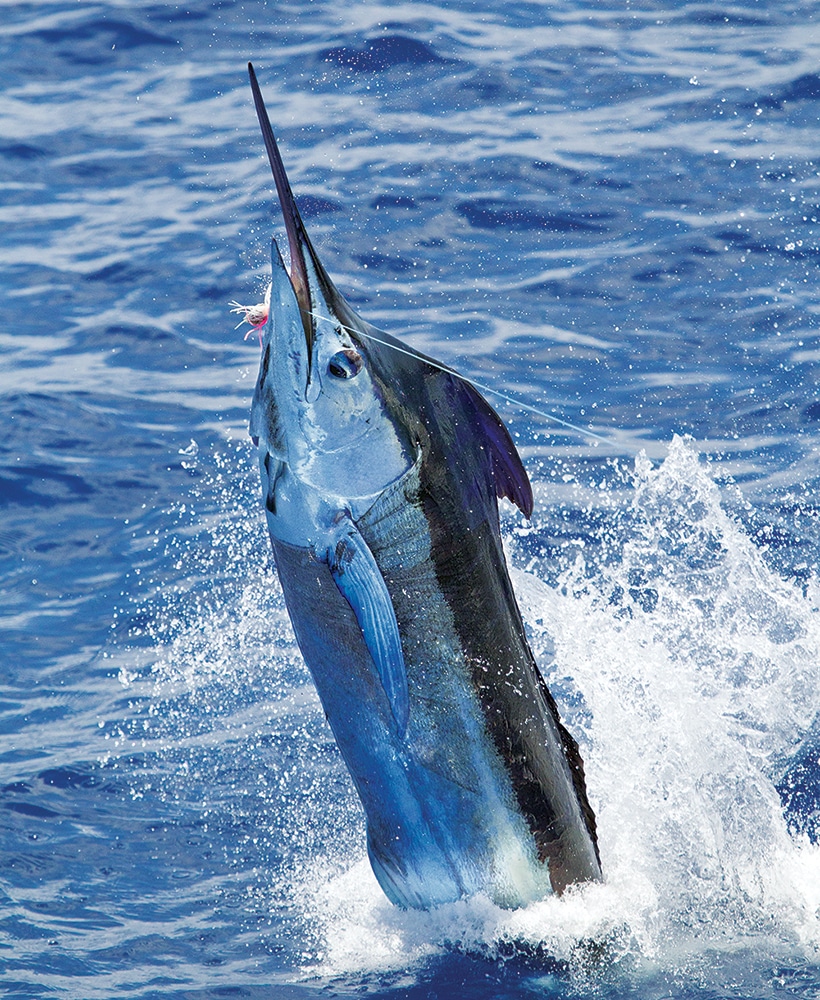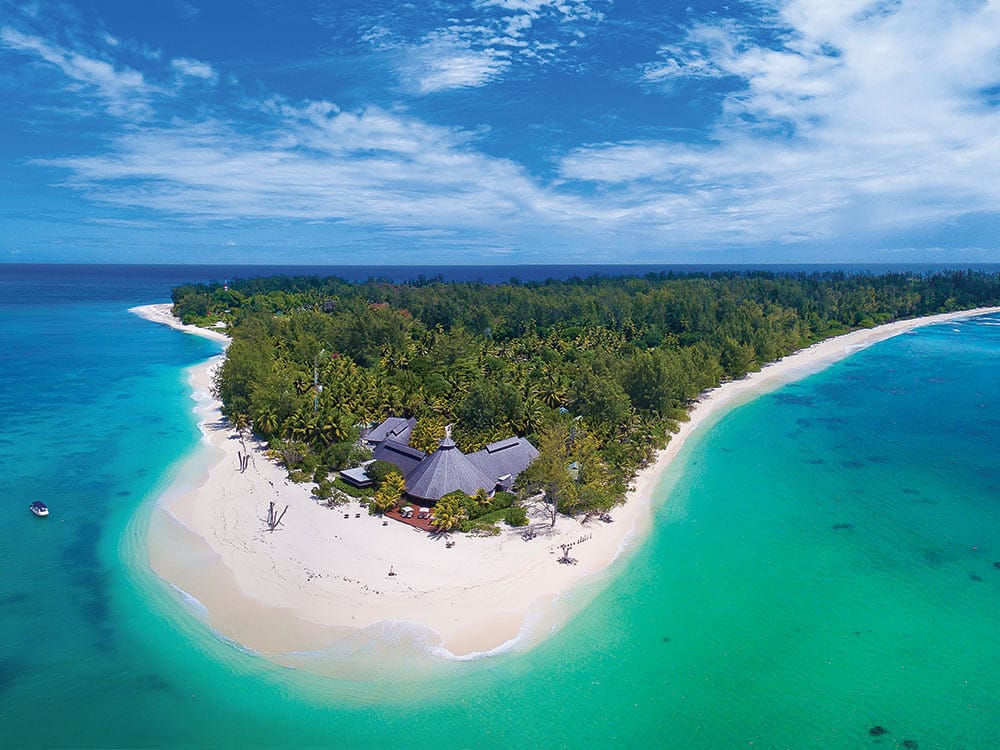
Blue Marlin Fishing in the Atlantic: Best Spots to Visit
Get addicted to the Atlantic with some of the top spots for blue marlin fishing.
A guide to one of the ocean’s top apex predators

Blue marlin are apex predators in the oceans of the world. Few creatures can match a fully-grown blue marlin’s strength, speed and aggressiveness, not to mention the lethal bill. Anglers have prized these amazing fish for hundreds of years for those same attributes.
Two different subspecies of blue marlin are known to exist: the Pacific and Atlantic blue marlin. They readily consume a wide variety of prey items, mostly consisting of small tunas but also deepwater squid, bottom fish and other available forage. Anglers usually encounter blue marlin by trolling lures, rigged dead bait or live bait in deep water, and the fights are memorable, usually punctuated by long, streaking surface runs and aerial acrobatics like tail-walking across the surface. With the exception of a handful of tournaments, or for food consumption in some island locations, most recreationally caught blue marlin are released to fight again. Due in part to this catch and release ethic, the Pacific and Atlantic blue marlin stocks remain in relatively good shape around the world.
Atlantic and Pacific blue marlin share several remarkable traits and attributes, making them one of the world’s top game fish.
Blue marlin can be caught using a wide variety of fishing techniques. One of the most productive is trolling, either with artificial lures or dead, rigged natural bait; slow-trolling with live bait is also effective in certain locations.
Perhaps the easiest way to catch a blue marlin is to troll four large lures with appropriately-sized tackle: two from the boat’s outriggers, and two from the transom in the flat-line positions. Popular lure brands are Mold Craft, Black Bart, Moyes, Koya, Coggins, Fathom and others. The most popular fishing spreads consist primarily of larger, more active lures fished closer to the boat, and smaller, straight-running lures farther back from the outriggers. Many pros will select different colors and styles depending on the weather conditions and type of baitfish in the area. Lures are usually rigged with a single large hook, either stiff or free-swinging.
Benefits of fishing with artificial lures include the ability to troll at a higher speed in order to cover more ground and encounter feeding marlin. However, the hook-up to release ratio with lures is lower than with other techniques, since the fish has the ability to throw the lure while jumping.
Using natural bait is a second primary technique. Here, baitfish like ballyhoo, mullet, mackerel, and bonito are carefully rigged to swim as if still alive. Circle hooks have become a mainstay in this type of fishing, since they tend to lodge in the corner of the marlin’s mouth. This makes it safer for the fish by significantly reducing gut-hooking while also increasing the overall hook-up to release ratio.
Fishing with live bait is the third popular style of marlin fishing. This is usually limited to specific areas that are known to hold marlin, including but not limited to offshore seamounts in the Pacific and deepwater oil and natural gas rigs in the Gulf of Mexico. The ability to cover ground is severely limited as these baits can only be slow-trolled at just two or three knots; however, the bait attracts the marlin to the bite from great distances. Productive baits include blackfin tuna, bonito, skipjack and more, which are carefully bridled with a circle hook before being set back out in the spread.
Since blue marlin are found in the tropical and temperate oceans of the world, it is not difficult to find a beautiful destination in which to fish for them. As one writer once quipped, “Blue marlin don’t bite in ugly places,” and we tend to agree. Among our favorites are Hawaii, Costa Rica, Bermuda, Mexico, the Dominican Republic, the Bahamas and more.

Get addicted to the Atlantic with some of the top spots for blue marlin fishing.

Get hooked on Bermuda with its giant blue marlin and beautiful beaches.
On the East Coast of the United States, blue marlin can be caught from Key West in the south to north of Cape May, New Jersey, in the summer and fall seasons. Fishing off North Carolina’s Outer Banks can produce excellent marlin fishing, as does the island of Bermuda far to the east. From the Bahamas south through the Caribbean to Brazil in South America, blue marlin are abundant.

Chasing black marlin in the Indian Ocean

First blue marlin encounters in one of the world’s last unspoiled fisheries, Vanuatu.
In the Pacific, blue marlin can be caught from Mexico’s Baja Peninsula all the way south through Panama and Ecuador in South America, and throughout the eastern Pacific to Australia and Japan. The Pacific stocks also range into the Indian Ocean; blue marlin fishing off Mauritius, Kenya, South Africa and the Seychelles is outstanding.
Many products featured on this site were editorially chosen. Marlin may receive financial compensation for products purchased through this site.
Copyright © 2024 Marlin. A Bonnier LLC Company. All rights reserved. Reproduction in whole or in part without permission is prohibited.
Sign up for free Marlin Group emails to receive expert big-game content along with key tournament updates and to get advanced notice of new expeditions as they’re introduced.
Subscribe now to get seven keepsake print editions of Marlin per year, along with instant access to a digital archive of past issues, all for only $29 per year.